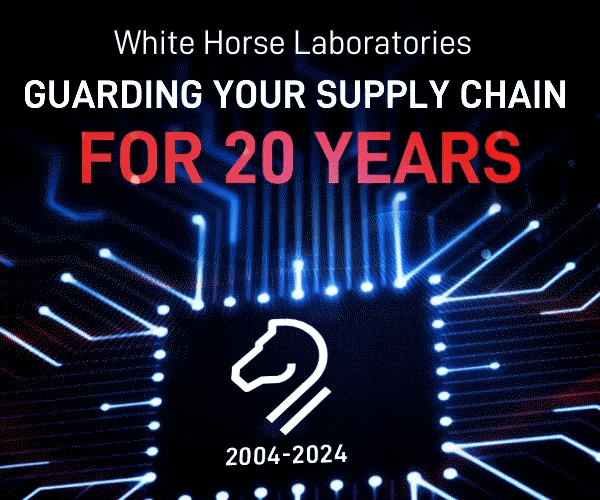EIPC Announce 3rd Technical Snapshot Dec. 16
An EIPC Webinar is just like one of their Conference, except that you do not have to travel, you do not have a beer with colleagues, you do not enjoy excellent food, and you do not enjoy convivial company. But we do not live in normal times, and some things are not the same. Manufacturing PCBs, however, remains comfortingly complex, and so on.
16th December 2020 at 1500 hours CET
In the 45-minute session, moderated by our Technical Director Tarja Rapala-Virtanen, we will first hear from Trelic, Ms. Laura Frisk. Her presentation will be: Corrosion behaviour of printed circuit board surface finishes.
Trelic Abstract:
Printed circuit boards (PCBs) are used increasingly in challenging environments. At the same, time the density of PCBs has markedly increased. Consequently, corrosion resistance of PCBs has become vital for the reliability of many electronics devices. Corrosion can be caused by different environmental contaminants and impurities due to manufacturing processes. Several tests have been developed to analyse corrosion resistance of PCBs and the effectiveness of protective measures.
Surface finishes are used on top of copper traces to both protect them and to ensure good solderability. Typical surface finishes include for example, electroless nickel immersion gold (ENIG), hot air solder leveling (HASL), immersion tin, immersion silver, and non-metallic organic solderability preservative (OSP). Even though the aim of the surface finishes is to protect the copper traces, in some cases they may also make the traces more vulnerable to corrosion. For demanding use environments understanding the corrosion behaviour of the surface finishes is critical.
In this webinar corrosion behaviour of surface finishes is discussed. Furthermore, corrosion testing of PCBs is considered.
Dr. Britta Schafsteller from Atotech will talk to us about Final Finishes for PCBs – a comparison on their specific properties.
Atotech Abstract:
The final finish on the PCB provides the surface which on one hand side protects the copper from tarnishing and oxidation, but on the other side needs to be applicable for a variety of interconnect techniques. As there is no single finish to cover all expectations, this presentation will give an overview about the key properties, benefits and limitations of different surface finishes. The differences in assembly performance will be further explained using the example of high speed shear testing results where the solder joint reliability is related to the physical characteristics of the different finishes.
Dr. Kunal Shah from Lilo Tree, will talk to us about Novel-eco friendly Ni-free surface finish for high speed-high frequency PCB applications to attain optimum performance and better reliability.
Lilo Tree Abstract:
The advent and ongoing evolution of internet-enabled mobile devices have continued to drive innovations in the manufacturing and design of technology capable of high-frequency/high-speed electronic signal transfer. The combined requirements for both fast, always-on data transmission, and small geometric form-factors can be difficult to satisfy without compromised performance and signal loss.
Among the primary factors affecting the integrity of high-frequency signals is the surface finish applied on PCB copper pads – a need commonly met by technology manufacturers through the electroless nickel immersion gold process, ENIG. However, a well-documented limitation of ENIG is its insertion loss due to the inferior conductivity of nickel over copper and nickel being ferromagnetic, leading to higher conductor (signal) losses.
The selection criteria of surface finish for 5G, high frequency, high speed application involves minimal insertion loss, long shelf life, cost-effective and high reliability of electronic assemblies. There are few options (EPIG, EPAG, DIG, etc.) available in the market; however, they do not meet all the criteria for high frequency applications. An innovative nickel-less approach involving a proprietary nano-engineered barrier designed to coat copper contacts, finished with an outermost gold layer has shown superior benefits over contemporaries to realize the optimum performance and provide better reliability of electronic assemblies.
There will be a Q&A session after the last speaker.
For EIPC members the seminar is free of charge; for non-members the fee will be € 50,-.
Online Registration; visit www.eipc.org










